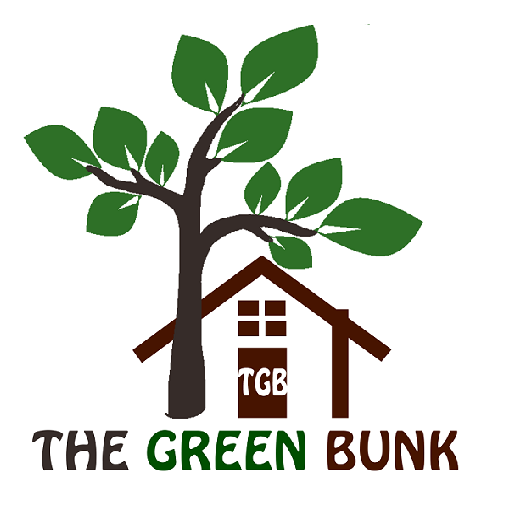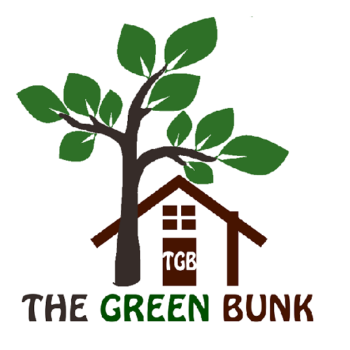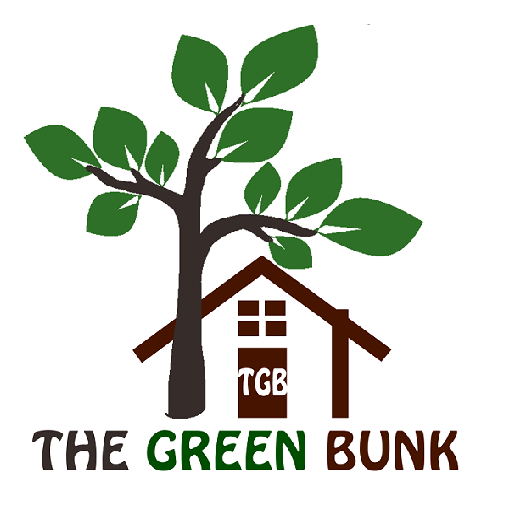BENEFITS OF OWNING A DOMAIN
» Let your visitors & customers find you easily!
» Domain names provide a clean, user-friendly and convenient option to access your website. A simple descriptive website is easy to remember and looks great on a business card!
» Get better visibility and exposure on search engines.
» Register a keyword rich domain name and get an instant boost to your SEO efforts from the get-go!
» Setup personalized Email Addresses yourname@yourwebite.com is a far more impressive approach towards your email communications. It is also incredibly difficult to find a good address through free email providers.
» Safeguard your identity, your ideas and your business
Prevent others from hijacking or squatting on your online identity. Secure it today even if you’re looking to build a website later.
» Can’t find the right keywords? Try creating some unique and random ideas with creative domains like fiverr.com, dribbble.com, etc.

Frequently Asked Questions
What Do You Mean By Domain Name?
A domain name is your online identity. It is unique to you as no two parties can have the same domain name. If you’re a local business, a blogger, or just about anyone who wants to get online, a domain name would be required.
A domain name is a unique web address on the Internet, like www.example.com. Much like buying real estate in the physical world, when you register a domain name, it becomes your property in the online world. No two domain names can be the same, which means that if the domain name you want is already registered, you are unfortunately out of luck. Domain names can also have different domain extensions, or TLDs, attached to the end of it. For example, you may own www.example.com, however www.example.net may still be available.
How can I make changes to my Domain Names?
You can manage your domain name by clicking the link in your mailbox. You must login with your domain registration username and password to use this. You will then be able to make changes such as editing contact details and other possible actions.
What is a Subdomain?
A subdomain is a subdivision of a larger domain. For example, “blog.mycompany.com” is a subdomain of “mycompany.com”. A subdomain is used to direct a visitor to a specific part of your site that may or may not be linked to your main site.
Can I register more than 1 Domain Name at a time?
Yes, your online domain purchase list can have unlimited domains.
Is web hosting included with Domain Name registration?
No, web hosting is not included. You will need to purchase Web hosting separately.
What is DNS?
DNS is an abbreviation for domain name system. The domain name system is like the phone book for the internet.
DNS is essentially a database of IP addresses. Each IP address contains a series of numbers that allow computers to communicate with each other. A website is identified on a server by its IP address. Instead of your visitors having to remember an IP address to type into their browser to access your site, they can instead just use your more memorable domain name. When your domain is entered into the browser, DNS translates it into an IP address because that is what computers understand. Your computer is able to connect to your domain hosting and show your website on the web browser once the IP address is found.
What Do You Mean By Domain Name?
There are five (5) steps to follow to register a Domain Name:
- Search for a Domain Name of your choice
- If the domain name is available, select the registration term, and provide your contact details and DNS information.
- Review the information and ensure the data is correct
- Tick the box to agree to the Service Agreement.
- Provide payment information and submit your request.
Buy domain at low price from TGB!
Can I modify the DNS server information?
Yes. Post registering your domain name, you can edit your DNS server information from Orderbox under the ‘Manage Domains’ option. Then select modify Name Server details and enter the new name server details.
What Do You Mean By Domain Name Extensions?
Domain extensions are the letters that appear after your domain name. For instance, in www.example.com, .com is the extension. There are several to choose from and they typically represent a word – com represents the word “commercial”, mobi is short for “mobile”, and so on.
What AREÂ TLDS &Â CCTLDS?
TLD is an abbreviation for top level domain. A TLD is the extension or portion of a domain name that follows the dot(or period). You are likely most familiar with TLDs like .com, .net, .biz, .info and .org. These TLDs are designed to signify something relevant to the domain. For example, the .com TLD stands for “commercial” while .net stands for “network”.
There is also an option called a ccTLD, or a country code top-level domain. A ccTLD is designed to signify sites located in or associated with certain countries or territories. However, most of the ccTLD options don’t actually have restrictions regarding who can register a domain name. In fact, many ccTLDs are commonly misinterpreted as TLDs. For example, while .tv is commonly registered by television and media related websites, .tv is actually the ccTLD designated for the country of Tuvalu.
There are also second level domain options too, particularly popular with ccTLDs. For example, the United Kingdom has a number of second level domains ranging from ‘.co.uk’ (designed for United Kingdom based businesses) to ‘.net.uk’ (designed for UK-based internet providers).
Domain hacks are also a popular use of both TLDs and ccTLDs. A domain hack involves creating a full word or phrase when combining the domain name with the TLD to create something your audience will easily remember. A popular example is using the .me ccTLD for Montenegro, and combining it with “aweso” to create the domain aweso.me.
Our Data Centers



